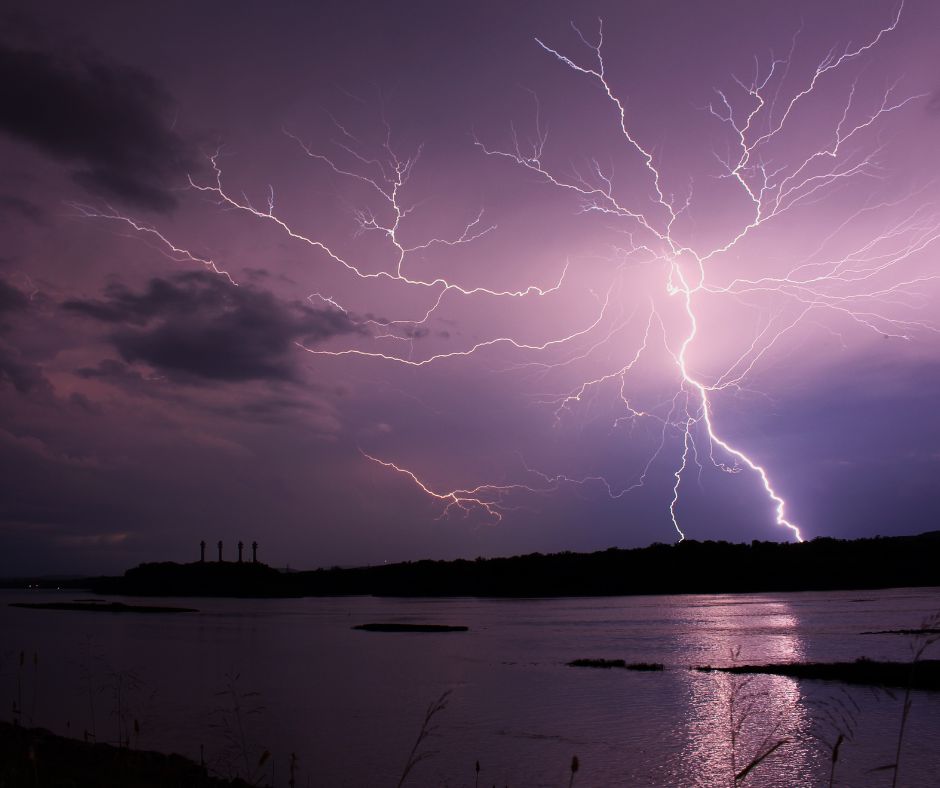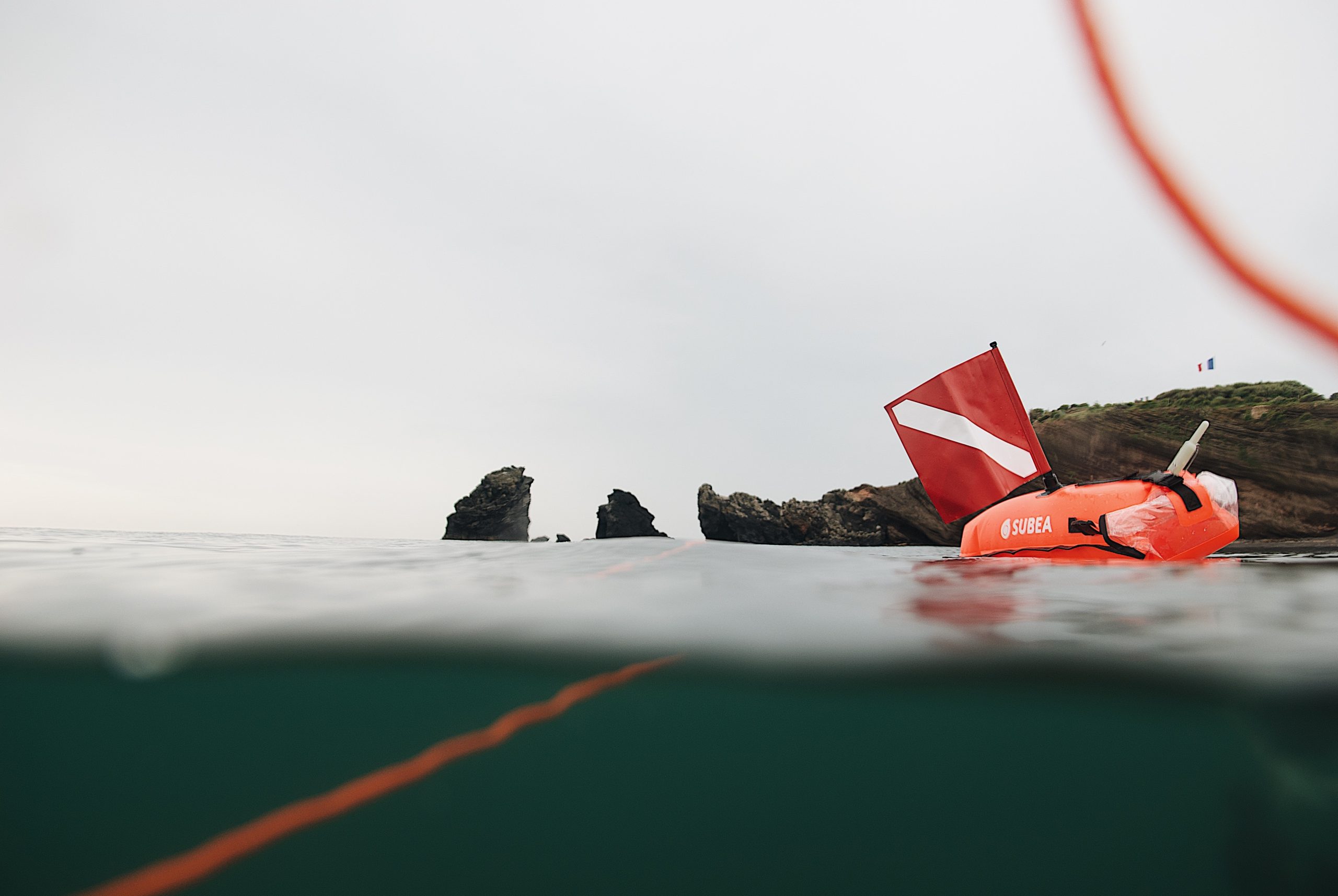Last week was National Lightning Safety Awareness Week, an excellent reminder to stay vigilant about the dangers of lightning, especially during these warm summer months when the fishing season is in full swing. It’s worth taking a moment to highlight the critical importance of understanding and respecting the power of lightning, especially when you’re out on a watercraft.
A lightning strike is one of the deadliest forms of weather-related incidents. According to the National Weather Service, hundreds of people are severely injured or killed by lightning strikes in the U.S. each year. Being out on a watercraft during a storm place you at an increased risk of being struck due to the lack of surrounding taller objects.
So what can you do to stay safe? Here are some steps to keep in mind:
1. Stay Weather-Aware
The key to avoiding lightning danger is preventative action. Regularly check weather updates and forecasts when planning your fishing trips. The NOAA Weather Radio, weather apps, and VHF marine radio are your best friends in staying updated. If there’s even a slight chance of thunderstorms, it’s better to reschedule your outing.
2. Know the Early Signs of a Storm
While modern technology provides accurate weather forecasts, things can change rapidly. Be aware of the early signs of a thunderstorm: increasing winds, darkening clouds, distant rumbles of thunder, or flashes of heat lightning in the sky.
3. Head for Shore
If you’re out on the water and notice signs of an approaching storm, head for the shore immediately. It’s not advisable to wait until the storm is upon you before taking action. If you’re near a marina, dock your boat, put everything in various compartments, lock them, and seek shelter in the nearest building.
4. Disconnect Electronics
Prevent them from getting fried by a possible lightning strike. Store them away in waterproof compartments.
5. Can’t make Landfall? Stay Low and Centered
Your boat becomes the only shelter available when you cannot reach land before the storm hits. Make sure your PFD is on and tight. Avoid touching the water, metal objects, or any electrical equipment.
Adopt a safety position. This position involves sitting or crouching low in the boat’s center, feet together, and hands on your knees. It reduces the potential paths for lightning to travel if it strikes the boat. Make sure your rubber-based shoes are on your feet.
6. After the Storm
Once the storm passes, check for injuries and damage. Look for electrical damage or potential fire hazards, especially if lightning strikes your boat.
Remember, the purpose of National Lightning Awareness Week is to educate, not to scare. As an angler, understanding the power and danger of lightning and knowing the appropriate steps can make the difference between a close call and a tragedy.
Stay informed, stay prepared, and let’s continue enjoying our time out on the water – safely!


